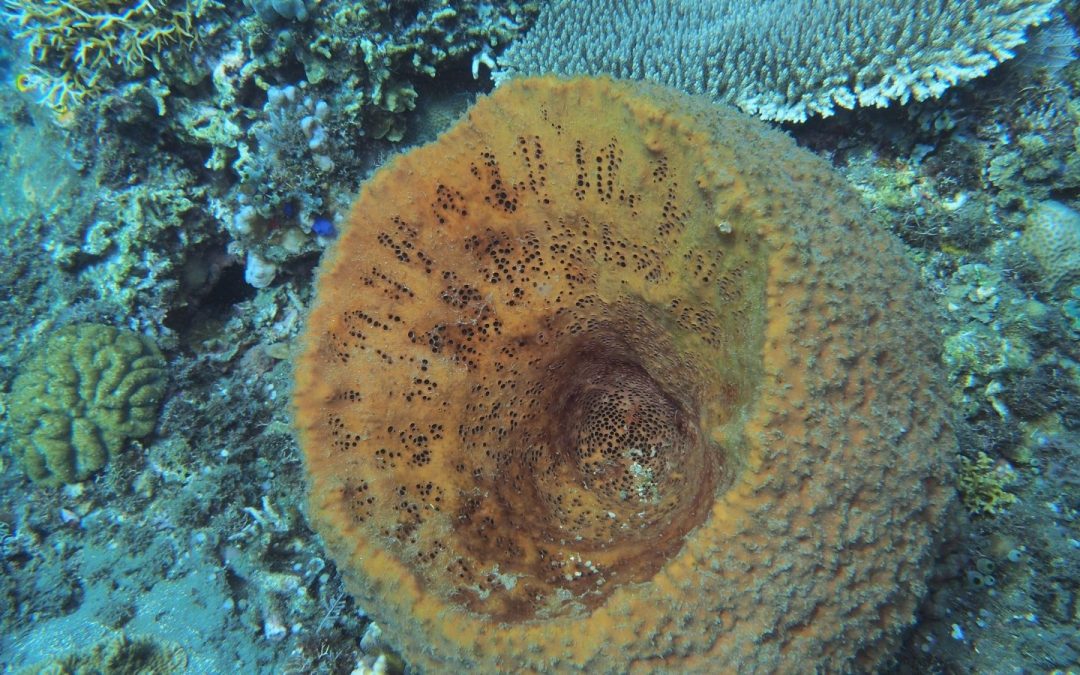January 14, 2025 | Global News via UVic News
A recent study published in the Marina Ecology Progress Series centers around a creature named Belinda. Observed 23 meters below the surface of Barkley Sound, Belinda is a sea sponge that was recorded for four years by Ocean Networks Canada, the “longest continuous recording of [seas sponges] in the wild.” The cameras captured Belinda’s responses to the changing environment, including how it changed colour during a heat wave, hibernated “like bears” during winter, and even sneezed for days “to clear debris.”
“Honestly, it was very opportunistic,” said Dominica Harrison, a PhD student at the University of Victoria’s Faculty of Biology and one of the study’s authors. “They just turned on the cameras, and there Belinda was. Just hanging out.” Harrison, who’s been with The Baum Lab since 2021, specializes in quantifying marine sponge behavior and mapping coral reef distributions. She is also a member of the Asner Lab, in which she works with Dr. Greg Asner and Dr. Robin Martin “to develop ecologically significant maps of coral communities surrounding the Hawaiian Archipelago.”
In 2021, she co-authored a paper that used convolutional neural networks (CNN) to analyze sponge behavior over time. If you’re interested in reading this paper, or a number of other published works by UVic scholars, check out our online repository, UVicSpace.
Photo by plovets via Canva.

